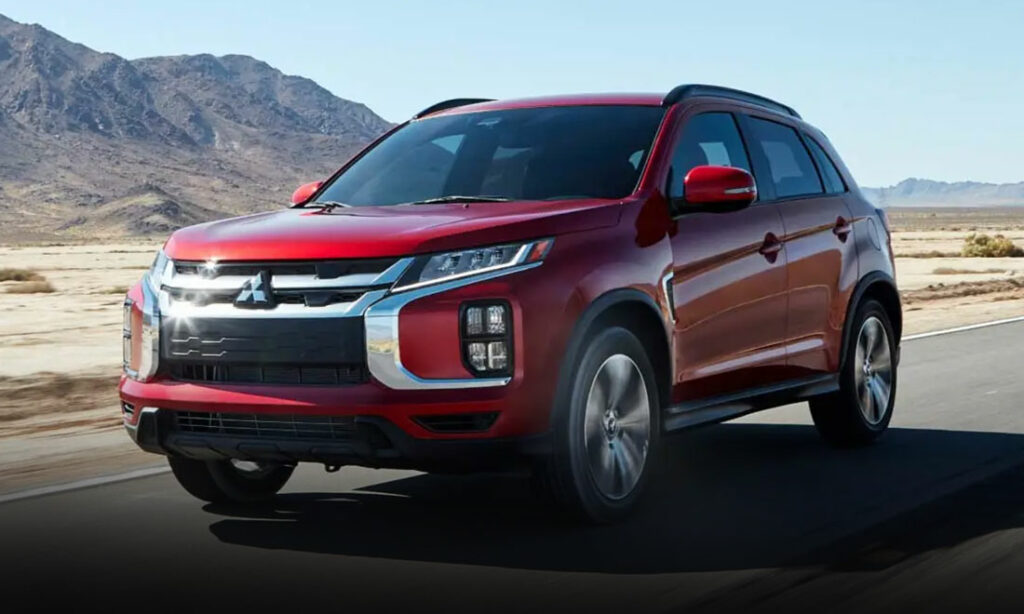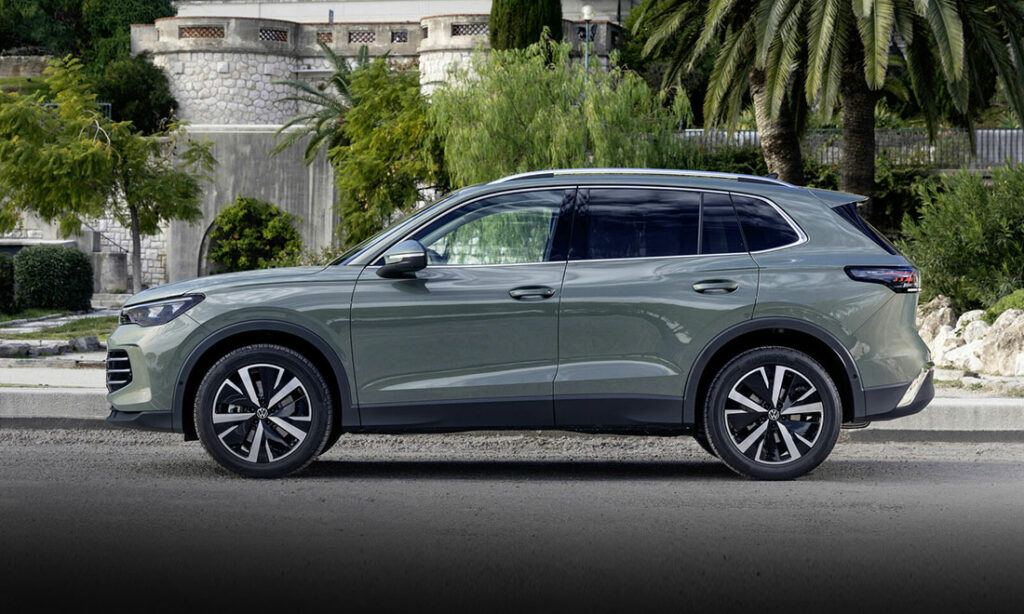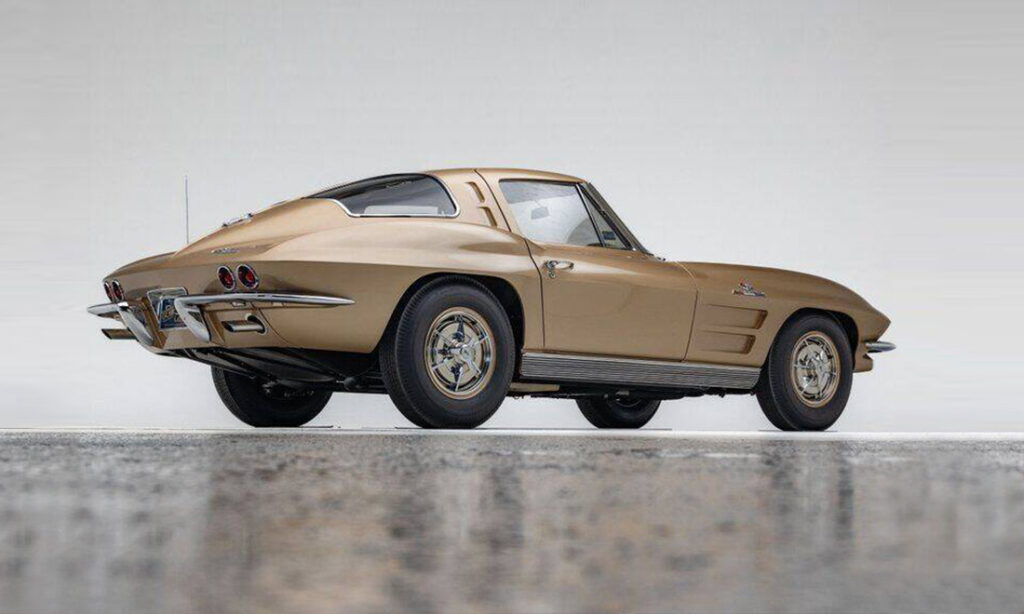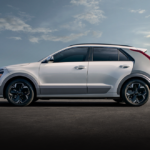Critics’ Choice: Classic EV Swap
This month we challenged our writers to find the perfect classic car for an electric conversion.
Days of Futures Past
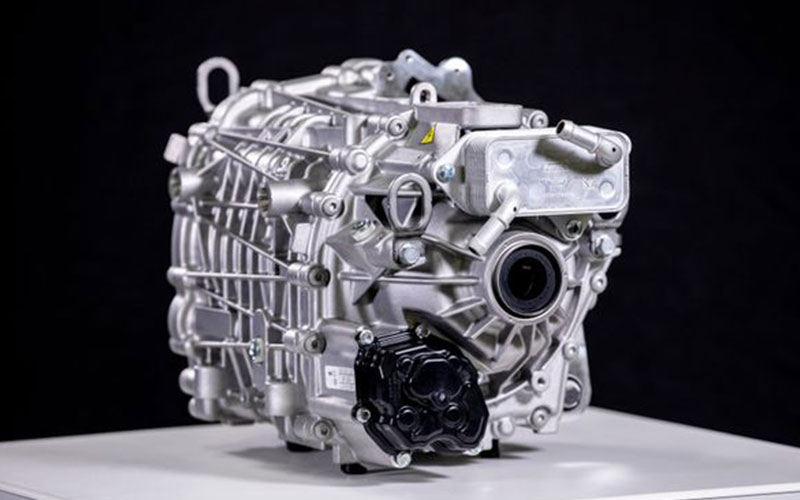
As major automotive manufacturers continue to release more compelling and ambitious electrified vehicles, one can’t help but feel pangs of loss as we transition from internal combustion to electrification. We’ll certainly miss the roar of a good V8, the tincture of gasoline wafting in the air, the jolt of the turbocharger as it kicks on, and yet, it’s hard to argue against the simplicity, the instant torque and the zero tailpipe emissions of electric propulsion.
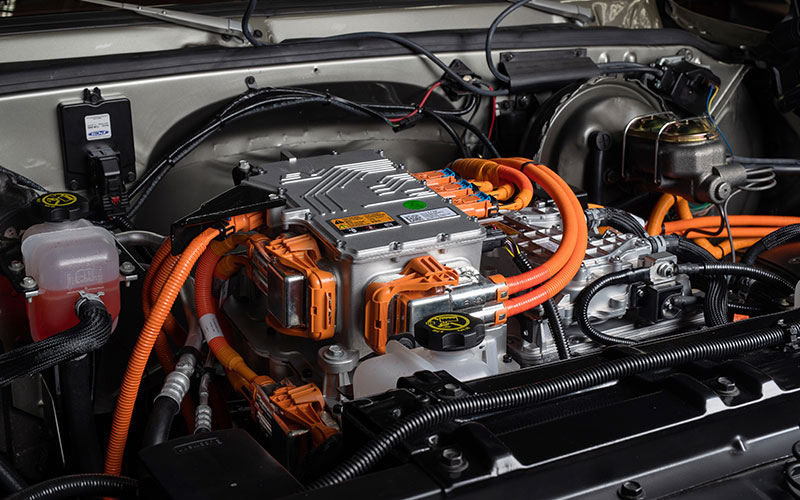
All this had us thinking about which of our favorite classic cars we would most like to preserve by giving them an electric motor swap. Ford has their Eluminator electric crate motor, so popular that it’s already sold out. GM has their E-crate. And of course, there’s Tesla’s electric motor, the de rigueur choice for those looking to add crazy amounts of electric horses to their ride.
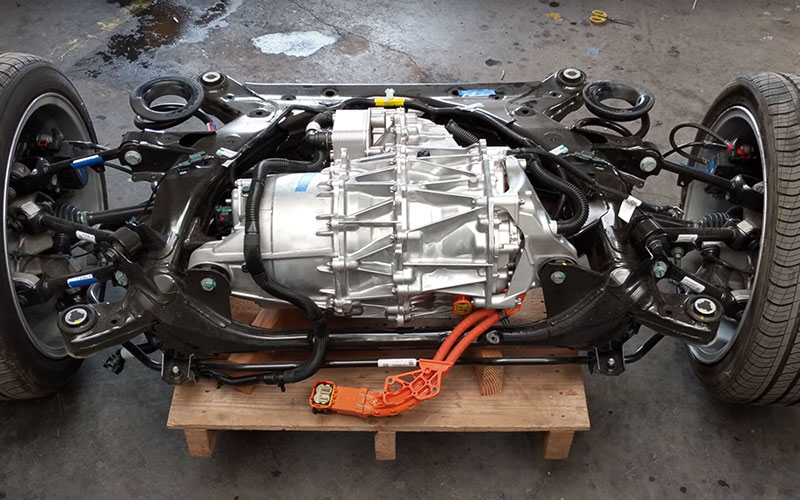
We set no budget limit for this challenge. Instead, it’s all about preserving a classic and how electrification can amplify that car’s distinct personality.
Jesse Batson – 1969 Ford Mustang Boss 302
Shortlist:
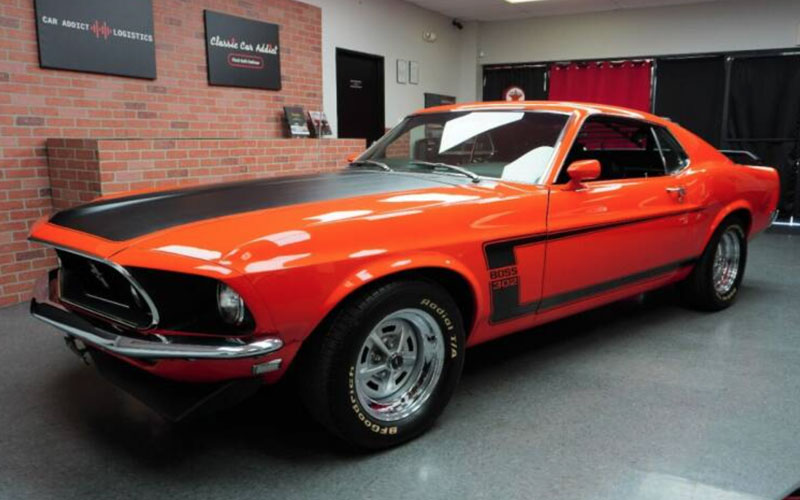
Pick a classic? Any classic, you say?! Doing an EV swap on a classic may not be for everyone, but it sure does open up some interesting possibilities. Immediately, my mind goes to an Aston Martin. Or a Corvette Stingray. I’d kind of like to see a Ford Model T or Volkswagen Beetle EV swap, too. For me, however, it comes down to the 1969 Dodge Charger and the 1969 Ford Mustang Boss 302.
1969 was an easy choice when it comes to deciding on the year. It was a strong point in the automobile industry, in terms of design and culture. There’s a bit of nostalgia at play there, too. Even if I didn’t actually live through the 1960s, it’s easy to still feel the excitement that was happening with automobiles at the time. Which vehicle though?
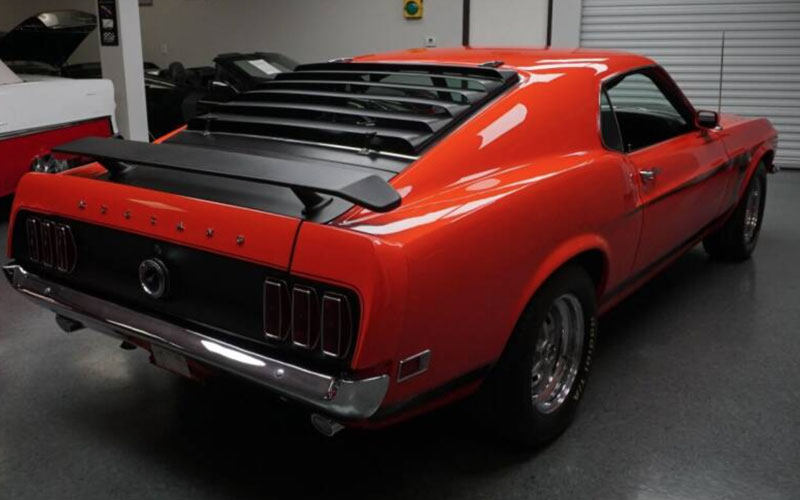
I do like Dodge, but this Calypso Coral factory-ordered Mustang Boss is too hard to resist. The blackout hood is sharp! Plus, those black rear window shades and spoiler. 3,833 miles? Whew. Assuming I have about $75,000 lying around to buy the car and then another $7,000 – $8,000 for parts and batteries, this would be my choice.
There are a few different EV motor options. Ford already has a conversion motor that can be ordered online for just under $4,000. It’s called the Eluminator electric crate motor. It’s the motor from the Mustang Mach-E GT, actually. That motor comes with a peak power value of 210 kW and a torque of 430 Nm, or 317 lb-ft. It weighs 205 lbs. There’s a maximum speed of 13,800 rpm with this motor. Ford used it to convert a 1978 Ford F-100 pickup. They displayed that with the hopes of generating this very conversation: what could be done with an EV conversion kit?
Going with another EV motor is certainly a possibility, but in this case, going with a Ford Eluminator kit to replace the engine in a 1969 Ford Mustang seems to make sense. The conversion package doesn’t come with a traction inverter, battery, or control system though. Those will all be extra purchases. I’m sure there are additional expenses will come up throughout the process, but I chose a $75,000 vehicle to swap, so we left the realm of reality a couple of paragraphs ago.
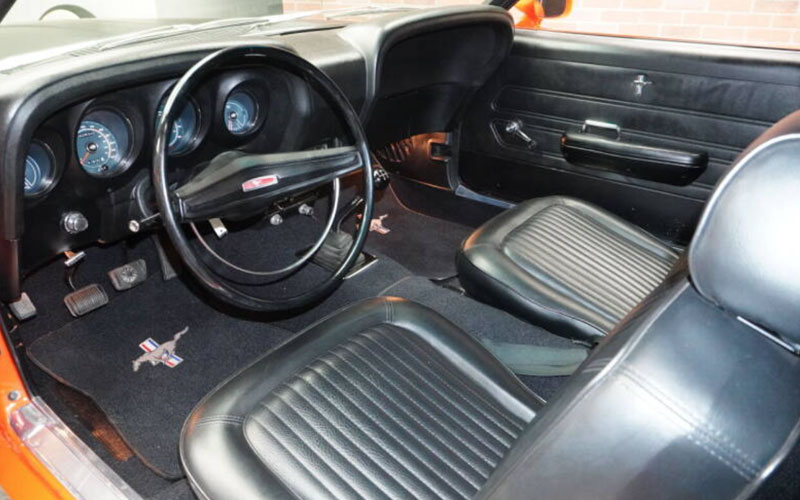
Along with the fun possibilities, there are some questions that go along with an EV swap. How much will the final bill end up being? How long will those batteries last? What kind of power will the vehicle end up having? Some of those answers may not be available yet, but Ford does have somewhat of a guideline for the power. Take a look at just that one example of their concept F-100 that was swapped. Ford ended up with a 1978 F-100 that produced a combined 480 hp and 634 lb-ft of torque.
As the Ford kits, and others, become more readily available, more people will do them, so there will be more examples to take a look at and pattern the swaps after. Until then, it’s a chance to be one of the firsts, so happy tinkering to you!
Chris Kaiser – 1991 Toyota MR2 (Second Generation)
Shortlist:
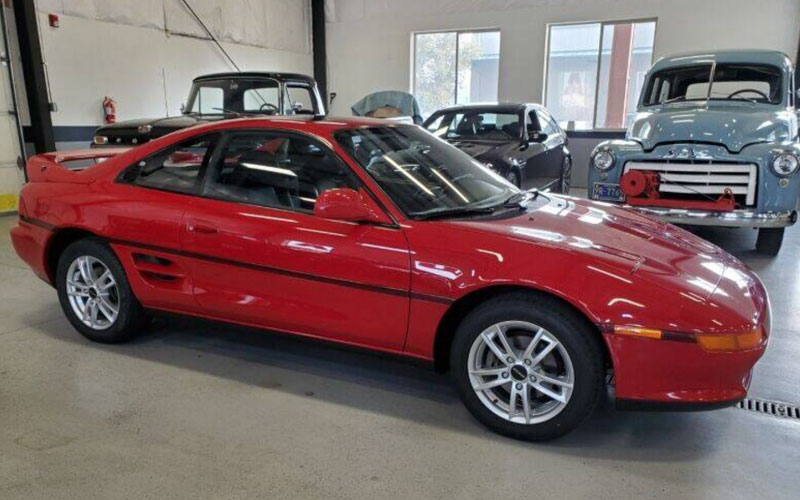
My first impulse with an EV swap was to look to vehicles I’ve long admired but would probably never buy because of their unconscionably poor fuel economy. Naturally, this placed the Toyota Land Cruiser top of mind. The titan of Toyota reliability and an off-road legend, the Land Cruiser’s bullet-proof V8 is both its greatest asset and greatest liability. But for maximizing overlanding range, I’d probably go for a hybrid or plug-in hybrid swap for the Land Cruiser.
I also looked at the “pagoda” Mercedes-Benz SL from the mid-1960s, which, unlike the 300SL of the 50s, not as synonymous with its engine while still being one of the mark’s most beautiful cars. Another gorgeous luxury classic I considered was the early ‘50s Cadillac Eldorado. I’m big on elegant old convertibles and preserving either of these cars with a whisper quiet EV conversion seems like a logical evolution.
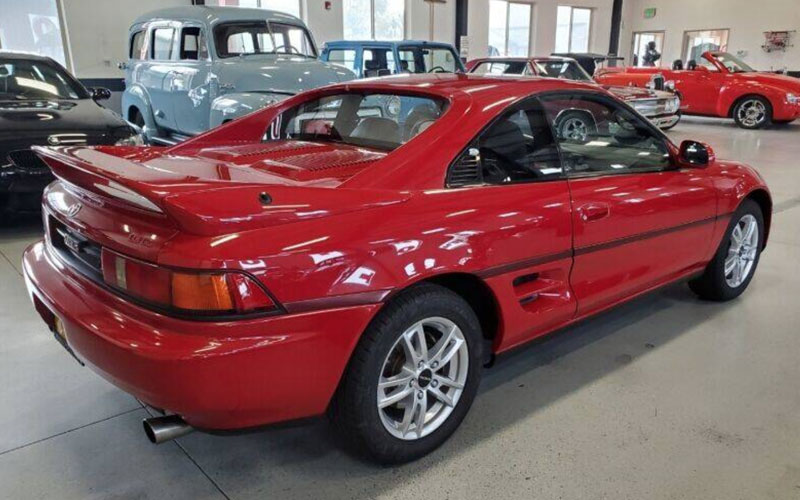
But none of the above covered the most important base of all when doing an EV conversion, providing stilly amounts of instant torque to a performance car. Sure, one could do a Mustang or a 911 EV swap, but the hipster in me immediately zeroed in on the Toyota MR2. The MR2 was mid-engine sibling in Toyota’s ‘90s performance trifecta alongside the Supra and Celica. You can read all about the MR2 here.
I chose the second generation MR2 for two reasons. First, because it looks the best of the three generations, less ‘80s boxy than the gen one and not the bug-eyed Spyder convertible of gen three. The next reason was the driving characteristics. The early MR2s were notorious for snap-oversteer, where the weight of the midengined car would be thrown forward in braking while cornering, causing troublesome oversteer. While this made the car dangerous for the uninitiated, it also made it a heck of a lot of fun for those with the skill and mettle to handle it. While Toyota dialed out the snap-oversteer (somewhat at least) in a 1993 update that added an anti-sway bar and larger, wider tires, the 1991 example I found still retains the MR2’s original character.
It’s that character I’d want to preserve in any EV conversion. For that I chose to go with a Tesla swap. This means more than ample power, depending on the exact configuration chosen. It also means I’d have access to the convenience of a robust charging network. There are many conversion companies out there like EV West and Revolt Systems, who are more than happy to drop in a Model S’s motors and batteries for insane amounts of horsepower. But that wouldn’t preserve what’s great about the MR2.
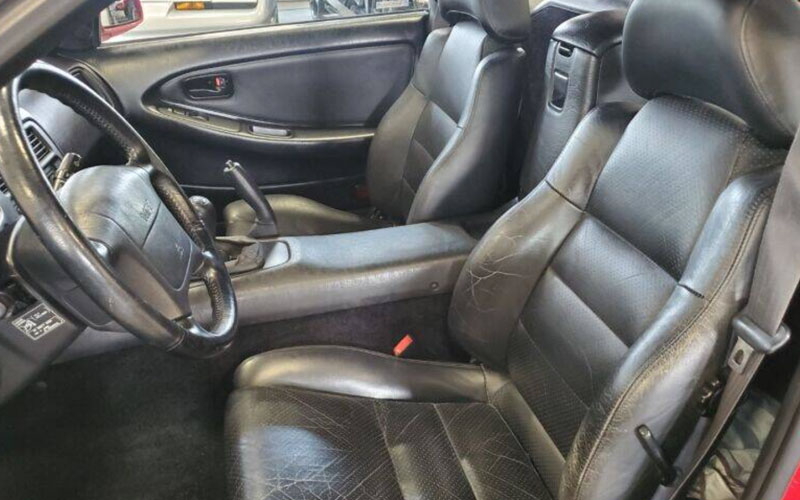
The MR2 originally had a mid-engine layout providing a near 50/50 weight distribution and therefore great handling (snap-oversteer notwithstanding). Bulking up an MR2 with a lot of batteries and additional electric motors isn’t worth the sacrifices in weigh. The second-gen MR2 had a curb weight of 2,600-lbs., not the easiest target when doing an EV conversion.
Therefore, I landed on the rear motor from a Tesla Model 3. This motor produces around 300 horsepower by itself (though it’s working in tandem with a weaker front motor in the case of the Model 3). Splitting the batteries to the rear and the front trunk areas should help preserving the MR2’s balance. While 300 horses won’t be winning any drag races with either of my fellow writer’s picks, my electric conversion will be able to maintain what’s best about the MR2 while still more than doubling the car’s original 130 horsepower.
Jesse McGraw – 1991 GMC Syclone
Shortlist:
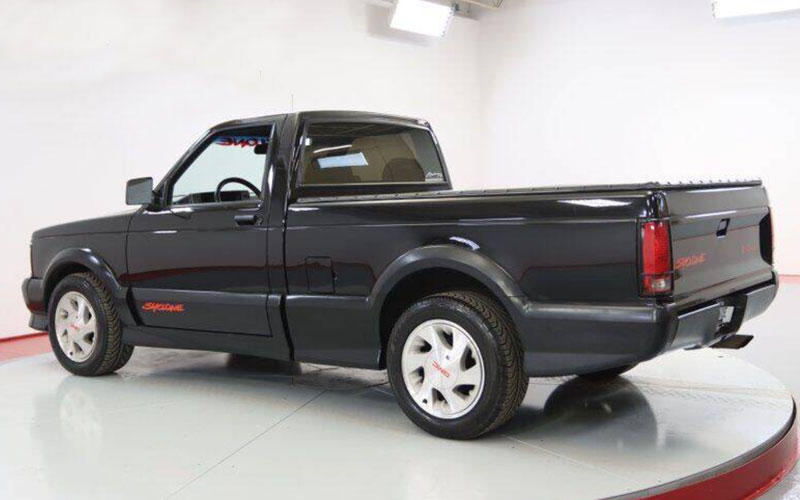
Alright, if Tesla and Ford electric powered options are covered, I guess I’ll take Chevrolet’s Performance eCrate. You two are making it easy for me honestly, GM’s EV swap option is virtually plug-and-play when it comes to making one of their vintage vehicles electric. I could have gone with the classic Camaro, El Camino, Oldsmobile 442, or Pontiac GTO from the age of muscle cars, but they’re better suited with their rumbling V8s than a silent battery powered motor spinning the wheels. Instead, why not make a street truck that once made Ferrari owners cry at the dragstrip a modern-day sleeper once again.
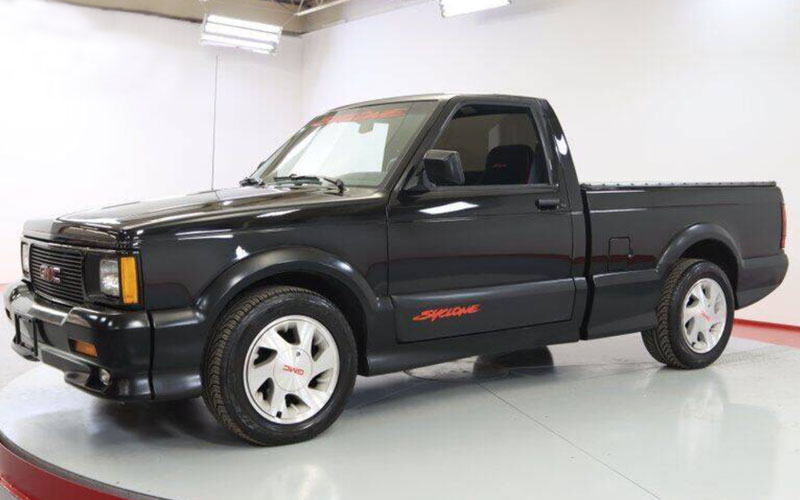
I found a great looking 1991 GMC Syclone for sale on CarsForSale.com. It’s low mileage, runs, is in great condition, and still carries its black paint scheme with red decals. Deciding to separate that all-wheel drive from its turbocharged 4.3L V6 that made history feels like a crime, but it isn’t the sleeper it once was. That engine made 280 horsepower and 350 lb-ft of torque, which isn’t bad by any means, but we can make it better.
You may be thinking “that eCrate is straight out of Bolt EV and only makes 200 horsepower and 266 lb-ft of torque. That’s not better?” While that statement is true, why would I only put in one motor when it can have two? Take a look at Chevrolet’s E-10 or eCOPO Camaro concepts, they both utilize a stacked eCrate setup that combines for more power and more torque. Add in the Ultium batteries found in the upcoming Hummer EV, and we have the perfect storm. Get it? Because Syclone? I know, that was cheesy.
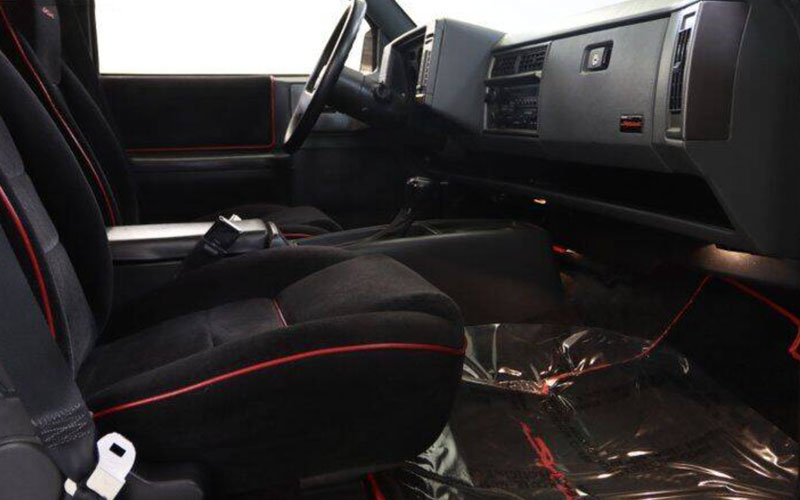
So, what we’d end up with is ‘91 GMC Syclone in appearance, a proven AWD, stacked eCrates under the hood, and flat laying Ultium batteries in the truck bed to keep some even weight distribution. Put the tonneau cover over those obvious electrical components and we have ourselves a born-again sleeper street truck. Chevrolet claimed that their rear-wheel eCOPO Camaro was capable of a 9 second quarter mile drag, so having power go to all four wheels should help this truck beat some modern-day Ferraris like it had in the past.


